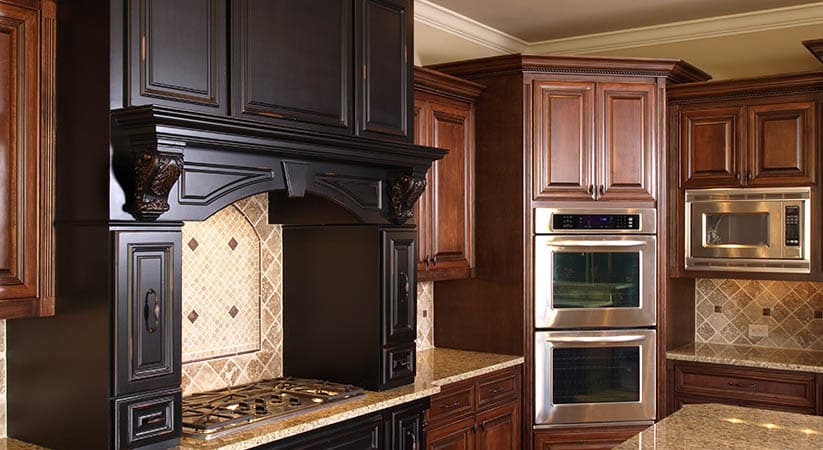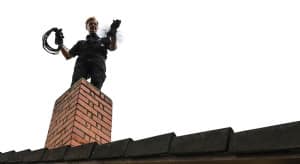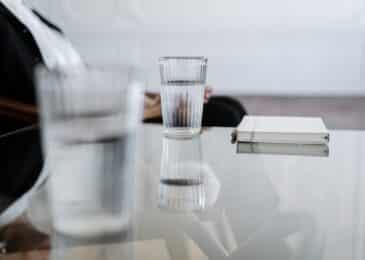There are many easy methods of increasing the value of your house without going through full remodels. If you update the appearance of your kitchen, you can add a tile backsplash. Moreover, adding a backsplash during kitchen remodeling is also simple and easy. The steps for adding a tile backsplash to your kitchen are below.
Measure The Wall
The first thing to do is measure the wall so you know how many tiles you need. When measuring for backsplash tiles, including outlets and switches as well. To get the square footage of the wall, you only need to multiply the height and width of the area where you want the backsplash.
However, if you want to add a backsplash in different sections of kitchen walls, take the measurements of one wall section and multiply its height and width to get the square footage of that section. Then, measure the next section. After taking measurements of all the sections, simply add the square footage of all the sections.
Select A Tile Backsplash
For selecting a tile backsplash, you should determine the color, pattern, and material you want. Moreover, there are different sizes of tiles as well so you should consider the right size as well.
When selecting a backsplash tile material, keep in mind that some tiles crack or fade more quickly than others. Moreover, always buy some extra tiles so you have the exact size, pattern, and color of tiles if your backsplash ever needs replacement of some tiles.
Gather The Tools And Materials
Aside from the tiles, you will need:
- Caulk
- Grout
- Tile sealer
- Tile spacers
- Mastic
These tools will be required:
- Caulk gun
- Drill
- Screwdriver
- Grout float
- Voltage tester
- Notched trowel
- Snap cutter
- Rubber mallet
- Bucket
- Measuring tape
- Utility knife
Prepare The Area
Backsplashes are installed on the wall perpendicular to the countertops. So, clear the counter space and keep a paper or cloth on the counter so it doesn’t get scratched or stained during the backsplash installation process.
Moreover, turn off power to the kitchen if your circuit breaker has a separate breaker for the kitchen. After turning off the power, double-check using a voltage tester.
Prepare The Wall
You will need to remove the old tiles if the wall is tiled. Scarpe the grout and then use a masonry hammer and chisel to remove the tiles.
If you’re starting with a bare wall, patch any holes and use sandpaper to smoothen the wall surface. Then, clean the wall with soap and water. For painted walls, use tri-sodium phosphate to remove the paint.
Set The Levels
Place some tiles across the wall to set the ending and starting points. Use a straightedge to keep the tiles even.
Prepare Mortar
You can use flex-type or thin-set mortar. Thin-set mortar should be used quickly. On the other hand, you can take up to 4 hours if you have flex-type mortar.
Thin-set mortars require mixing compared to premixed mortars. However, thin-set mortars bind the tiles to the walls better.
Apply Mortar
Start with a small section. Use the notch trowel size that is right for the tile. For instance, for natural stone tiles, you can use a ¼ inches trowel.
To apply mortar, take some and apply a thin layer with the flat side of the trowel. Press it a little to the mortar sticks to the wall properly. Then, use the notched edge of the trowel to create ridges in one direction.
Place The Tiles
Now, you need to place the tiles on the mortar. Use tile spacers to keep space between each tile where you will put grout later. After laying the tiles, wait for at least 24 hours for it to dry. However, it may take more time if your region is colder.
Apply Grout And Seal The Grout
Clean the tiles with a cloth and remove the spacers. Mix the grout in the correct amounts by following the instructions on the label. Add it to a bucket of water and mix it. Then, wait for 5-10 minutes and mix it gain without adding anything. Do this multiple times.
After preparing grout, apply grout using a grout float and keep cleaning the excess amount of it off the tiles and let it dry. When the grout is dry, apply a grout sealer to avoid staining.
Conclusion
Installing a backsplash is quite straightforward. However, if you need to perform more upgrades or want the installation to be perfect, consult a kitchen remodeling contractor. streamline






